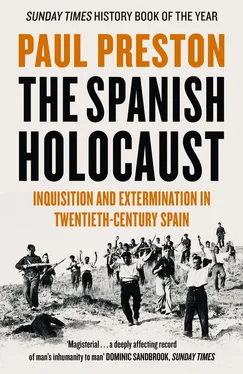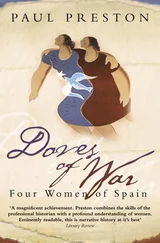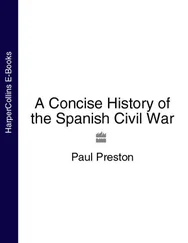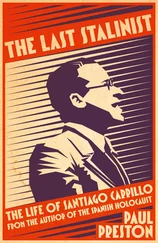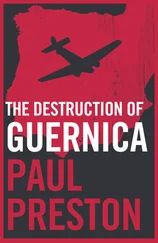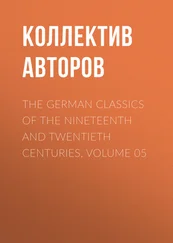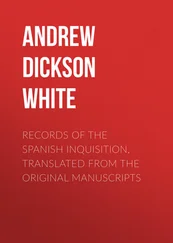In the very different conditions of conservative Old Castile, it was more difficult to stir up disorder. Segovia was a predominantly agrarian province where the organized working class was relatively tiny, its exiguous strength resting mainly on railway workers. 105In the provincial capital, a clash on 8 March was provoked when members of the JAP and a few Falangists attacked workers enjoying a Sunday dance. A workers’ protest march was fired upon by JAP snipers. This provoked a left-wing attack on the headquarters of Acción Popular. Despite the JAP’s involvement in gun-related incidents, most clashes did not go beyond verbal insults. In the town of Cuéllar to the north of the province, building labourers who refused to join the union were prevented from working by UGT members. In the village of Otero de los Herreros, in the south, workers returning from a demonstration made a local Falangist kiss their red flag. The ‘victim’ later led the local repression and organized the shaving of the heads of left-wing girls.
Although there were some minor anti-clerical incidents, with fire-crackers placed at the door of the convent of the Carmelite Fathers, Holy Week celebrations in the first week of April went ahead in most churches in the provincial capital. Segovia’s right-wing newspaper, El Adelantado, even commented on the respect shown by non-Catholics to those taking part in the various ceremonies and religious services. In June, however, the ecclesiastical authorities suspended the traditional Corpus Christi procession, instead holding a solemn celebration within the Cathedral. The reason was simply outrage that the left should have the effrontery to put up its posters and organize demonstrations with flags flying and slogans shouted. Despite the relative calm, the tensions were later used to justify the repression. 106In fact, as early as April, the military plotters in Segovia had called upon the local Falangist leader, Dionisio Ridruejo, to have his men, few as they were, ready to take part in the coup. 107
At a national level, on 16 June, in the Cortes, Gil Robles screwed up the tension with a denunciation of the government in the guise of a call for ‘the speedy adoption of measures to end the state of subversion in which Spain is living’. Superficially couched as an appeal for moderation, his speech was essentially a declaration to middle-class opinion that nothing could be expected from the democratic regime. Knowing that the army’s preparations were well advanced, he read out a catalogue of disorder alleged to have taken place since the elections. He placed the entire responsibility on the government for his list of 269 murders, beatings, robberies, church-burnings and strikes (statistics to which, on 15 July, he would add another sixty-one dead). Some of it was true, some of it invention and all dispensed in bloodcurdling terms. He gave no indication that the right had played any part in what he described or that many of the dead were workers killed by the Civil Guard or other forces of order. In contrast, he protested about the imprisonment of Falangist and JAP terrorists and the imposition of fines on recalcitrant employers. As long as the government relied on the votes of Socialists and Communists, thundered Gil Robles, there could never be one minute’s peace in Spain. He ended by declaring that ‘today, we are witnessing the funeral of democracy’. 108
There has been considerable debate about the accuracy of Gil Robles’s figures. The most exhaustive recent study, by Eduardo González Calleja, reached the figure of 351 dead. Significantly, the highest figures – sixty-seven for Madrid, and Seville with thirty-four – were reached in cities where Falangist gunmen were at their most active. The next highest are Santander with twenty-three and Málaga with twenty. Other southern provinces produced substantial numbers, such as Granada with fourteen, Murcia with thirteen, Córdoba with eleven, Cáceres with ten and Huelva with eight. Other highly conflictive provinces produced surprisingly low figures, such as Jaén with one, Badajoz and Cádiz each with four and Almería with three. However, focus on numbers of fatal victims, important though it is, misses the wider issue of the daily violence of grinding poverty and social abuse. Another study, by Rafael Cruz, claims that 43 per cent of all deaths were caused by the forces of order. They were the result of overreaction in repressing pacific demonstrations, the victims of which were almost exclusively of the left. Those same forces of order were to support the military uprising despite the fact that the highest number of deaths was in March and that thereafter the level of fatalities gradually diminished. 109
Disorder was frequent but sporadic and hardly universal. A picture of total anarchy was being painted in the press and the speeches of Gil Robles and others by simply grouping together as ‘social disorders’ all brawls, fights and strikes, however insignificant. Incidents were magnified and statistics inflated. In Madrid, the American Ambassador Claude Bowers was told tales of uncontrolled mobs butchering monarchists and feeding their bodies to pigs. 110Fear of violence and disorder was generated by what was read about other places. Some of those who expressed their disgust at the breakdown of law and order also spoke of their relief that, thankfully, it had not reached their own towns. 111
The statistics are meaningless without their social context. For instance, in Torrevieja (Alicante) in early March, it was reported that ‘extremists’ had burned down a hermitage, a hotel, the club of the Radical Party and the municipal registry. What happened was that shots were fired from the hotel balcony on a peaceful demonstration complete with brass band that was passing and one of the demonstrators was wounded. This provoked the attack on the hotel and the other crimes. Among those arrested and accused of responsibility for the shooting were the owner of the hotel, the parish priest and two of his brothers and a teacher from the town’s Catholic school. 112
As late as 1 July, Mola complained that ‘there have been efforts to provoke violence between right and left that we could use as an excuse to proceed but so far – despite the help of some political elements – it has not fully materialized because there are still idiots who believe in coexistence with representatives of the masses who dominate the Popular Front’. 113The perfect conditions for a coup may not have been achieved to Mola’s satisfaction, but the violence of right-wing gunmen, incendiary speeches by Calvo Sotelo and Gil Robles and the gloss put on events by the rightist media had gone a long way towards pushing the middle classes into the arms of the military conspirators.
Gil Robles’s public pronouncements should be seen in the light of his clandestine support of the military conspiracy, which he described as ‘a legitimate resistance movement against the anarchy which threatened the very life of the country’. At the end of May, he advised the American journalist Edward Knoblaugh to take his holidays in early July so as to be back in time to cover the military coup. 114On 27 February 1942, he sent from Lisbon a signed declaration to the Francoist authorities about his role in the coup, stating that he had ‘co-operated with advice, with moral stimulus, with secret orders for collaboration, and even with economic assistance, taken in appreciable quantities from the party’s electoral funds’. This last was a reference to 500,000 pesetas which he gave to Mola, confident that its original donors would have approved of his action. Part of the money was used to pay the Falangists and Carlist Requetés who joined the military rebels in Pamplona on 19 July. 115Gil Robles also tried to help Mola in negotiating the terms of the Carlist role in the uprising. In early July, he accompanied the owner of ABC, Juan Ignacio Luca de Tena, to Saint Jean de Luz, in a vain attempt to persuade the Carlist leader, Manuel Fal Conde, to drop his demand for the rebels to carry the monarchist flag and adopt the monarchist anthem. 116
Читать дальше
